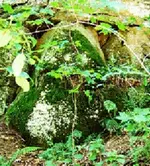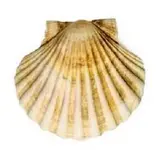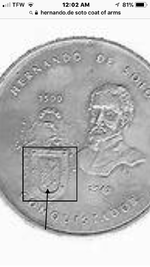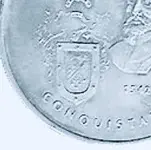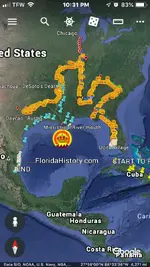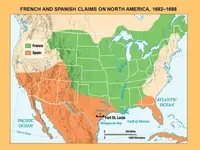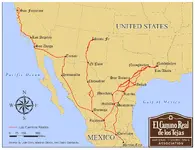sdcfia
Silver Member
http://www.mysteryglyphs.com/pages/Articles/20090724_0001A.pdf Here is some pretty good info on the Glyphs I found that should explain a lot about how they were engineered.
Thanks, cyzak. That's an interesting article trying to interpret the Ojibway/Sioux symbols, mixed with Egyptian and Chinese. The result of the work was that maybe the carvings in California had something to do with determining summer solstice. Too bad it wasn't the winter solstice, as that's the one that northern hemisphere people have always been interested in and had a need for.
I'm familiar with three Mystery Glyph locations, one in Silver City NM (its exact position and a great deal about what surrounds it) another in Lordsburg NM (only know its exact location but not much yet about its surroundings) and the other in Tempe AZ (only know its approximate location and some things about its surroundings). There are railroads and treasure legends at all three of these sites.
First the Silver City NM glyphs. They are due west of a well-known landmark miles away and these two points form a perfect right triangle with an old deep cut six-foot cross. You could say the glyphs could be used to determine the equinoxes (since they form an east-west line), but IMO that's not their purpose. Their purpose was to set up a geometric pattern on the cardinal coordinates. Other clues forming right triangles were found within the big triangle using its sidelines, etc.
The Lordsburg NM glyphs I only found a year or so ago and haven't worked with them much yet. I'll have to go back down there and check again, but as I recall, neither the sun's sunrise equinox nor solstice locations can be seen from there. That's OK because an east-west line can be mapped from the carvings and then a guy can explore to the east to see what can be found. Then a right triangle can be mapped to the north and south. That's what I would do, but I don't know if I want to spend the time on it at my age, ha ha. Trouble is, I don't know the east-west separation distance needed to build the right triangle. I'll do some map work first and see if I can narrow down the target search area for more clues.
The Tempe AZ glyphs approximate location already helps form a pretty nice potential right triangle with two other things that people there might use in their Lost Dutchman and Peralta Stone Map legends. I'll never get too deep with it because I have no desire to spend time in the Superstitions.
The bottom line for me is that these Mystery Glyphs' locations were surveyed in (let's say late 19th century at the earliest) and used to map out other clues in the area based on right triangles and an east-west and north-south alignments. As always, I could be wrong about the glyphs in places I'm not well informed on, but I know I'm right with the Silver City NM carvings.
[Edit. I corrected the location of the glyphs discussed in the article.]
Amazon Forum Fav 👍
Last edited:



